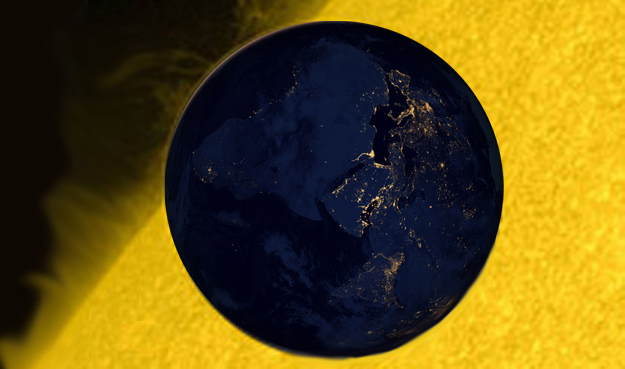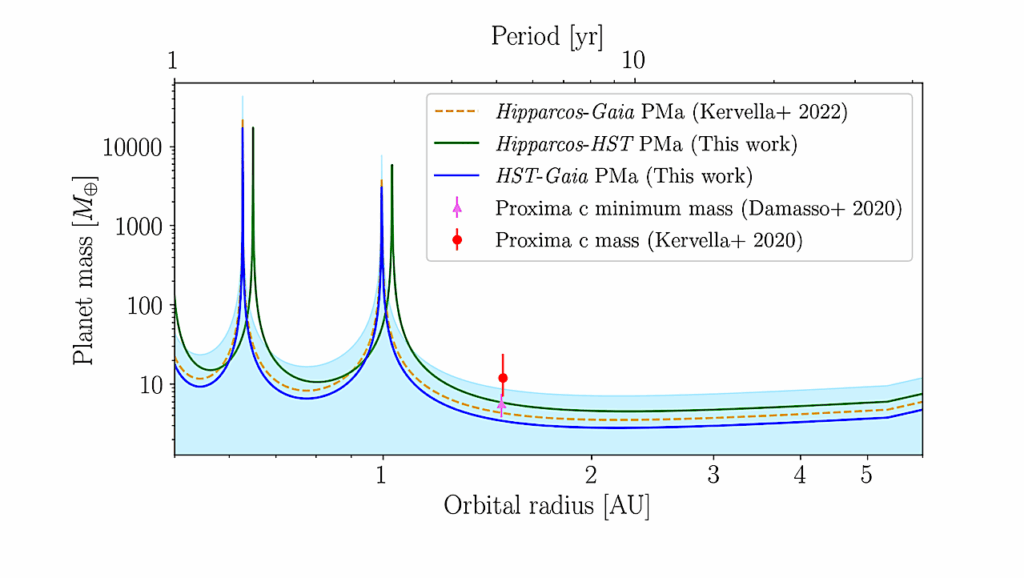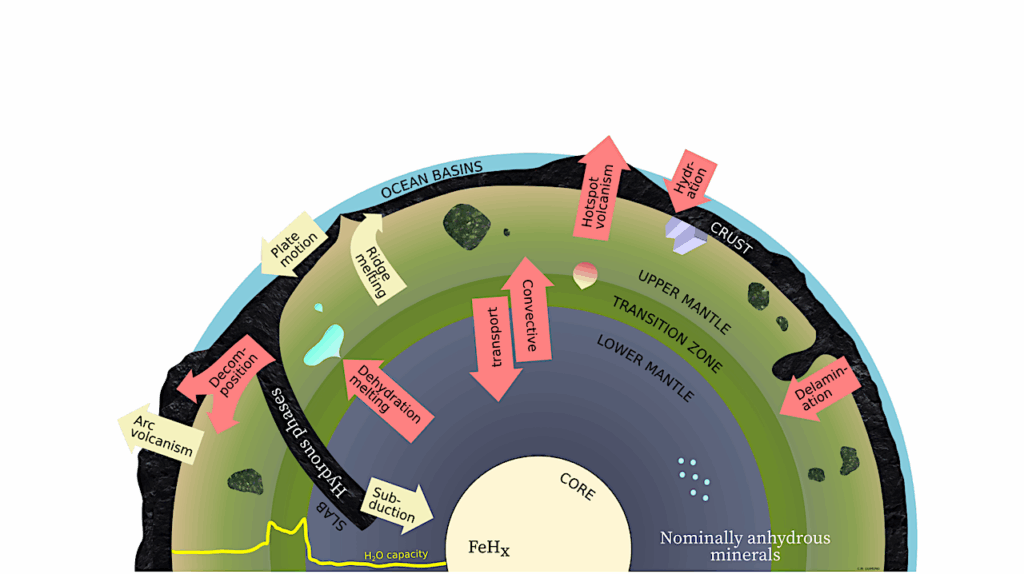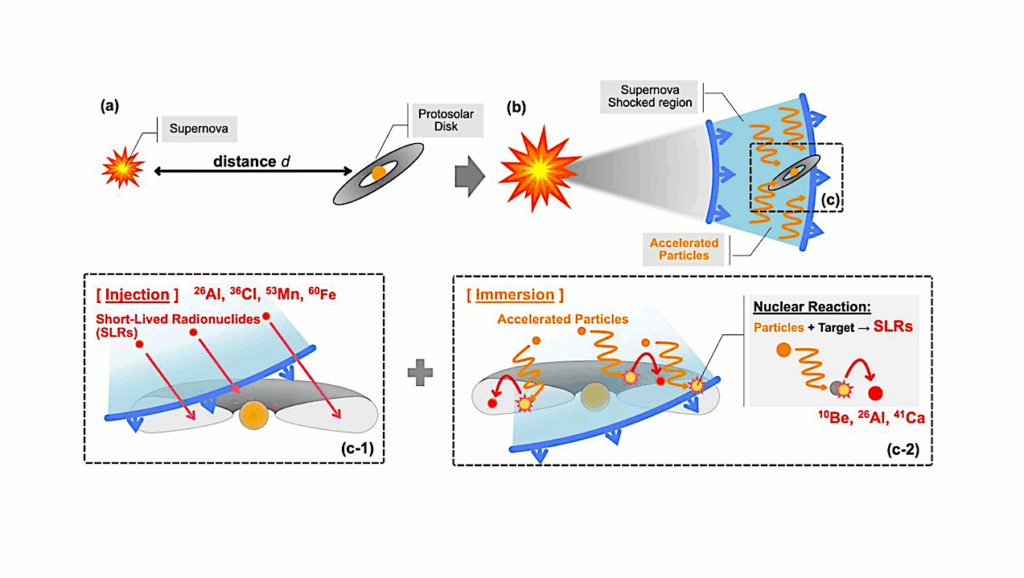Exoplanet Atmospheres at High Spectral Resolution

The spectrum of an exoplanet reveals the physical, chemical, and biological processes that have shaped its history and govern its future. However, observations of exoplanet spectra are complicated by the overwhelming glare of their host stars.
This review chapter focuses on high resolution spectroscopy (HRS; R=25,000-100,000), which helps to disentangle and isolate the exoplanet’s spectrum. At high spectral resolution, molecular features are resolved into a dense forest of individual lines in a pattern that is unique for a given molecule. For close-in planets, the spectral lines undergo large Doppler shifts during the planet’s orbit, while the host star and Earth’s spectral features remain essentially stationary, enabling a velocity separation of the planet. For slower-moving, wide-orbit planets, HRS aided by high contrast imaging instead isolates their spectra using their spatial separation. The lines in the exoplanet spectrum are detected by comparing them with high resolution spectra from atmospheric modelling codes; essentially a form of fingerprinting for exoplanet atmospheres. This measures the planet’s orbital velocity, and helps define its true mass and orbital inclination. Consequently, HRS can detect both transiting and non-transiting planets.
It also simultaneously characterizes the planet’s atmosphere due to its sensitivity to the depth, shape, and position of the planet’s spectral lines. These are altered by the planet’s atmospheric composition, structure, clouds, and dynamics, including day-to-night winds and its rotation period. This chapter describes the HRS technique in detail, highlighting its successes in exoplanet detection and characterization, and concludes with the future prospects of using HRS to identify biomarkers on nearby rocky worlds, and map features in the atmospheres of giant exoplanets.
J. L. Birkby
(Submitted on 12 Jun 2018)
Comments: 24 pages, 5 figures, author’s expanded version of invited review chapter accepted for publication in the Handbook of Exoplanets under title “Spectroscopic direct detection of exoplanets”
Subjects: Earth and Planetary Astrophysics (astro-ph.EP); Instrumentation and Methods for Astrophysics (astro-ph.IM)
Cite as: arXiv:1806.04617 [astro-ph.EP] (or arXiv:1806.04617v1 [astro-ph.EP] for this version)
Submission history
From: Jayne Birkby
[v1] Tue, 12 Jun 2018 15:54:35 GMT (3249kb,D)
https://arxiv.org/abs/1806.04617
Astrobiology








